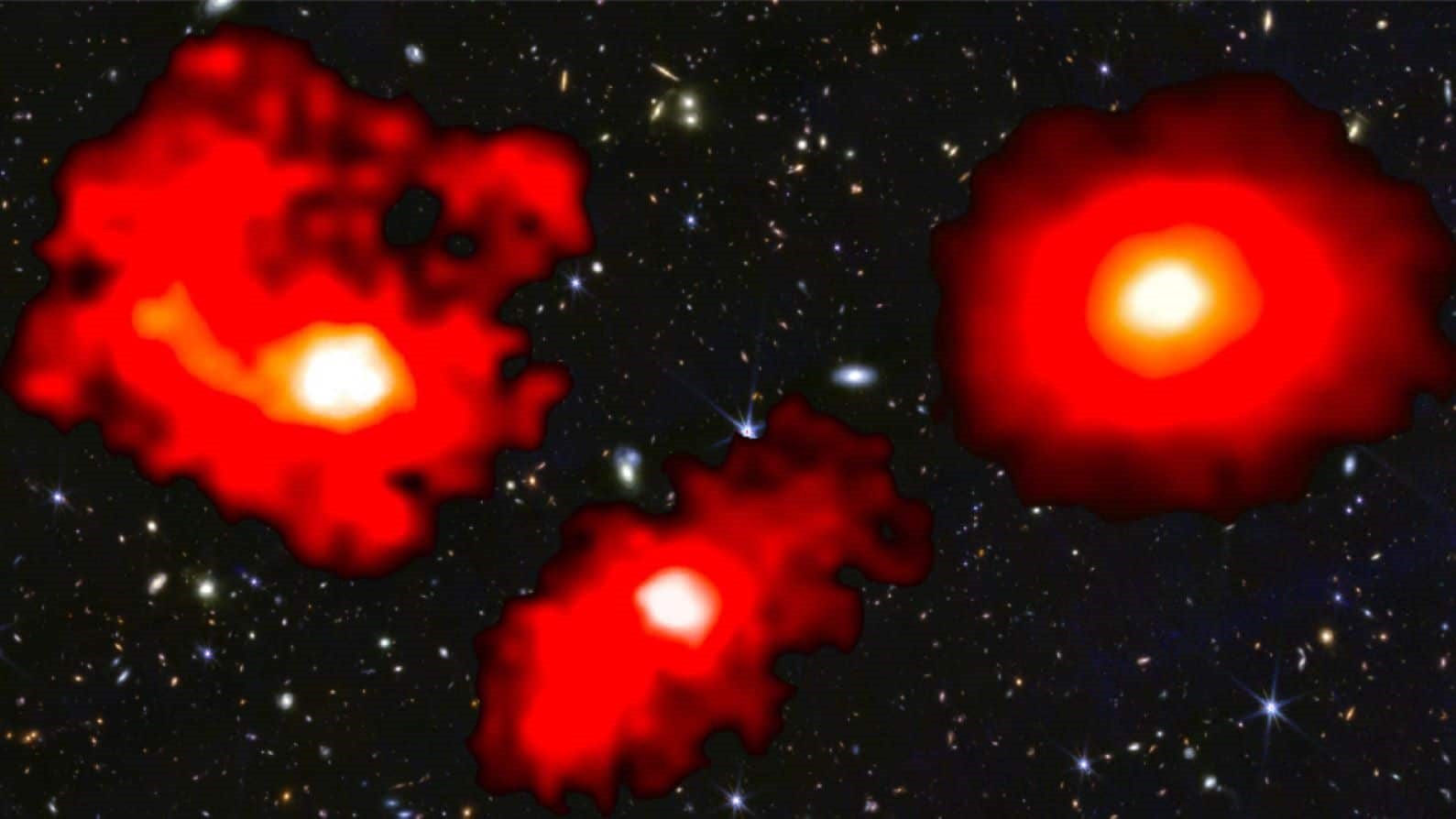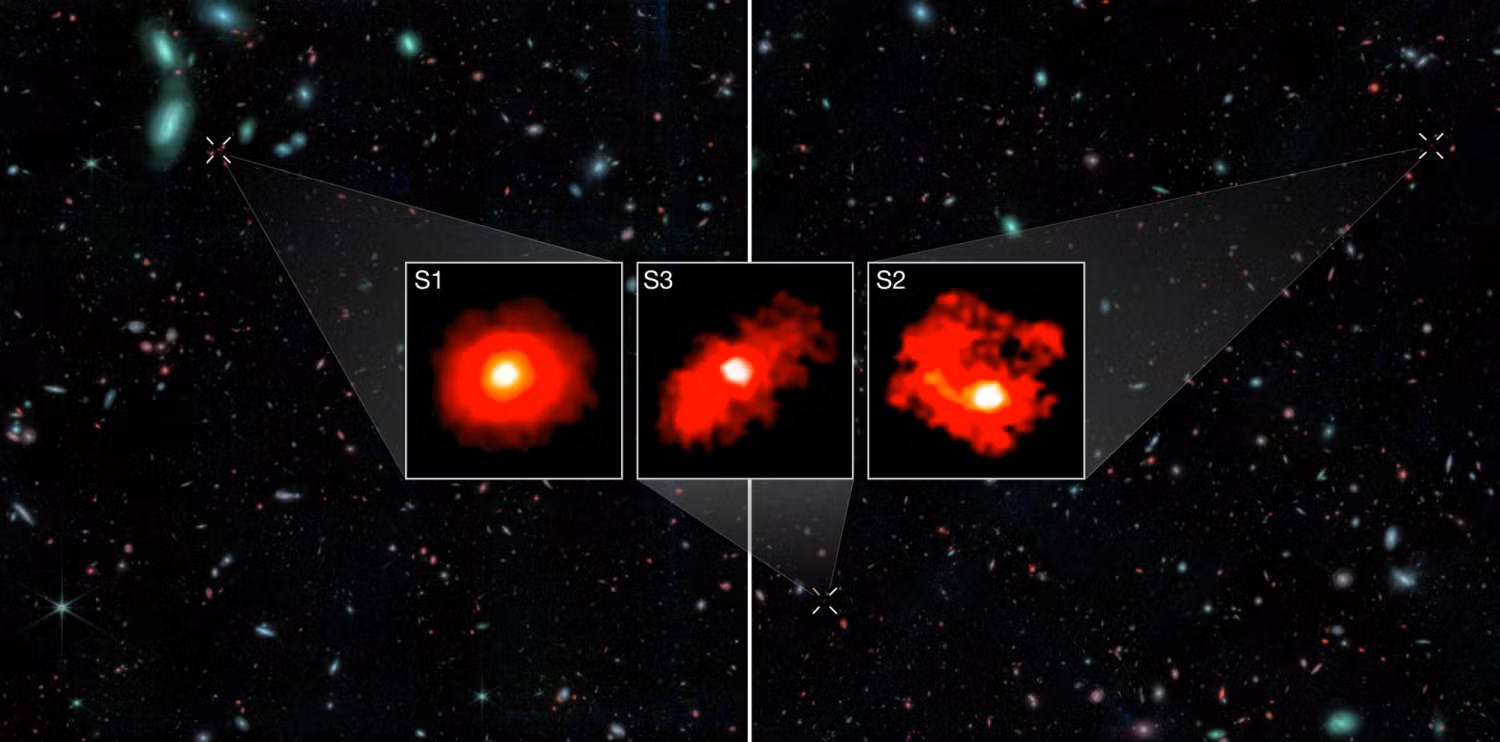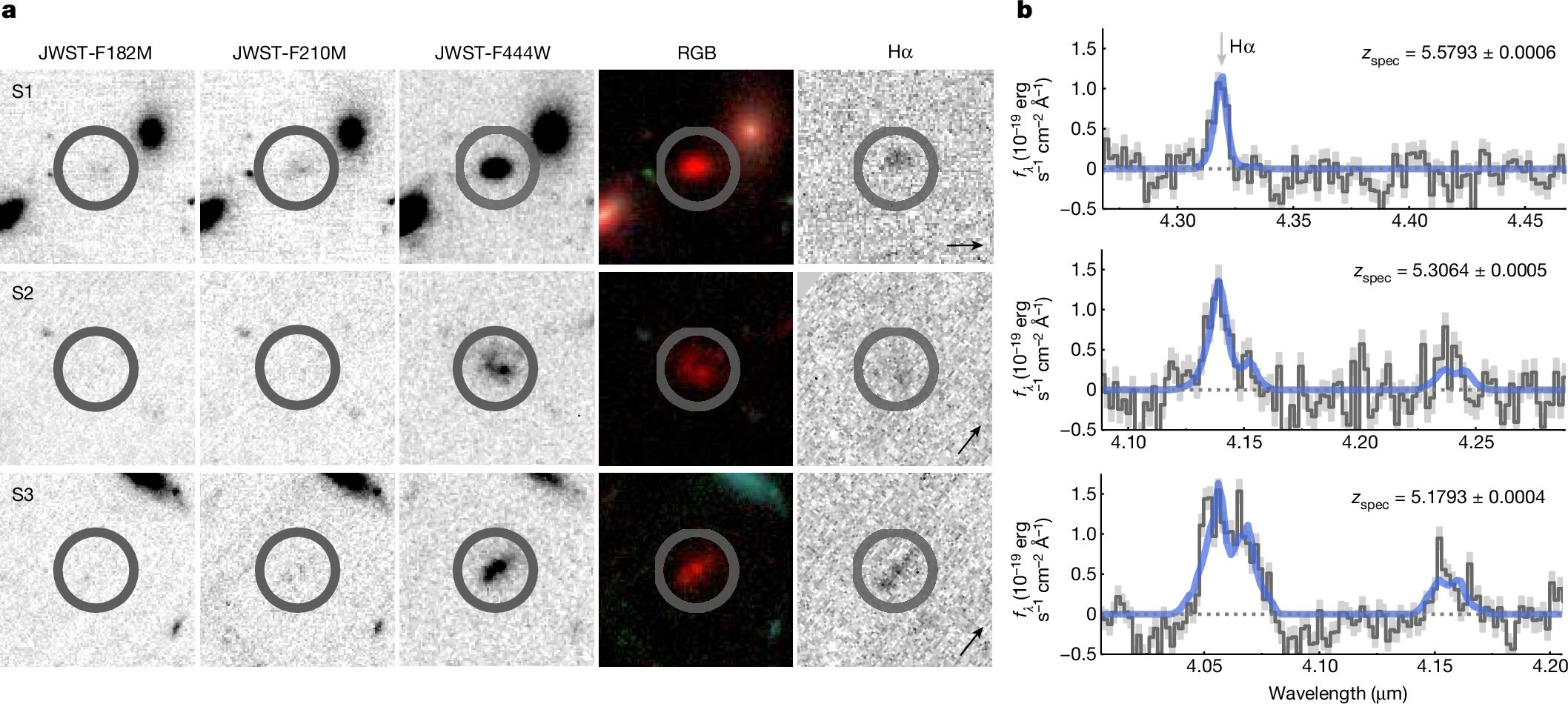See Full Size
JWST changed what we know
Scientists have long believed that galaxy formation follows a very specific pattern: cosmic gas gathers in clusters, stars are born from these clusters, and over billions of years these structures grow larger and larger. Therefore, when we look at the early periods of our universe, which is approximately 14 billion years old, we see that galaxies were not yet fully mature, They were expected to be small and low mass.
See Full Size
Those responsible are not black holes
It was initially thought that the size and brightness of these giant galaxies might be due to active black holes. But new data shows that at the centers of these galaxies active galactic nuclei (AGN) does not exist revealed. This indicates that the extraordinary masses and rapid star formation rates of the “Red Monsters” are directly unique to the galaxies themselves. So how can this happen?
An international team at the University of Geneva (UNIGE) used data from JWST’s FRESCO study in the new study. Data from the FRESCO survey show that these galaxies z = 5 if z = 9 one between redshift It shows that it has value. This is your lights Just 1 to 1.5 billion years after the Big Bang It means he’s on his way. Redshift refers to the stretching of light into longer wavelengths due to the expansion of the universe, and is used as a critical criterion in determining the age of galaxies.
There are differences in conditions
The research used JWST’s Near Infrared Camera (NIRCam) to measure the distance of galaxies and their stellar masses. JWST’s ability to observe infrared light makes it possible to study in detail these galaxies obscured by cosmic dust.
See Full Size
The size of the stellar masses of the “Red Monsters”, converting 50% of the existing gas into stars It requires an efficiency ratio. However, in today’s galaxies this rate is generally around 20%. This is what accelerated galaxy formation in the early universe. have different conditions It shows.
Mengyuan Xiao, lead author of the study, states that this discovery revolutionizes understanding the dynamics of the early universe: “Studying these galaxies in greater depth will provide new insights into the conditions that shaped the early universe. ‘Red Monsters’ are just the beginning of a new era in our investigation of the early universe.”
Future observations with high-tech telescopes such as JWST and the Atacama Large Millimeter Array (ALMA) may further elucidate the secrets behind the formation of these massive galaxies. Studies with larger samples could shed light on gas abundance, cooling rates and other factors that made such rapid growth possible in the early universe.
This news our mobile application Download using
You can read it whenever you want (even offline):





